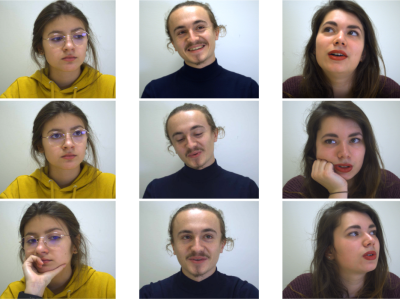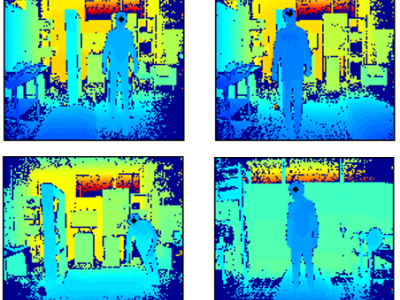Lie Detection using detection, ECG and GSR sensor readings Dataset

- Citation Author(s):
- Submitted by:
- Nuwan Hettiarachchi
- Last updated:
- DOI:
- 10.21227/ber8-gc86
- Data Format:
 1883 views
1883 views
- Categories:
- Keywords:
Abstract
This study examined the effectiveness of a detection-based lie detection method that determines lying conditions based on facial autonomic reactions. This technique combines with two other lie detection techniques using a multi sensor fusion technique that is used in the polygraph test to differentiate moments of participants lying and telling the truth about a picked-up card from a deck of cards. Experiments were conducted with 19 participants sitting in front of a camera connected to Galvanic Skin Response (GSR) probes and ECG probes for a polygraph test.
This data sets are of 19 participants who participated in a polygraph test.
The collected data are named as P1 dataset.csv, ..... , P19 dataset.csv.
each of the dataset has MLII, GSR signals that determines neural autonomic reactions for lie detection, and gaze (Pitch + Yaw), blinking ratio, and lip ratio that determines facial autonomic reactions for lie detection.
Instructions:
This data sets are of 19 participants who participated in a polygraph test.
The collected data are named as P1 dataset.csv, ..... , P19 dataset.csv.
each of the dataset has MLII, GSR signals that determines neural autonomic reactions for lie detection, and gaze (Pitch + Yaw), blinking ratio, and lip ratio that determines facial autonomic reactions for lie detection.









In reply to As part of my university by Abdullatif Alsaad
In reply to As part of my university by Abdullatif Alsaad
What are the labels for truth and lie in these datasets?
I downloaded the data but where are the labels?
Number of missing values:
'hh:mm:ss.mmm' 0
'MLII' 1
'GSR' 0
Unnamed: 3 381341
ss:mmm 0
Pitch+Yaw 373902
Blink Ratio 373902
Lips Ratio 373902
Participant 0
dtype: int64
Do not choose this :(